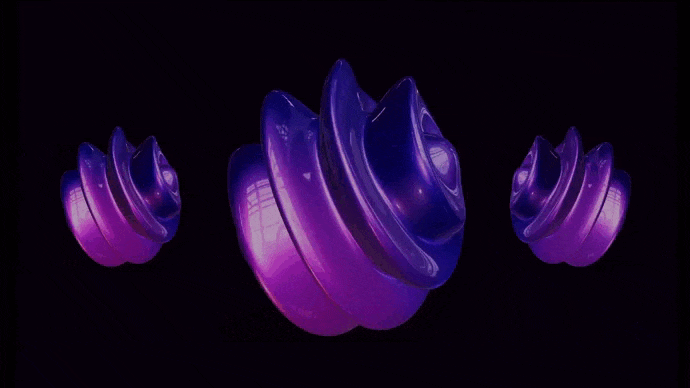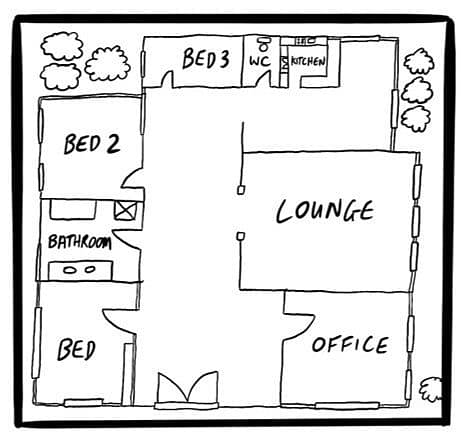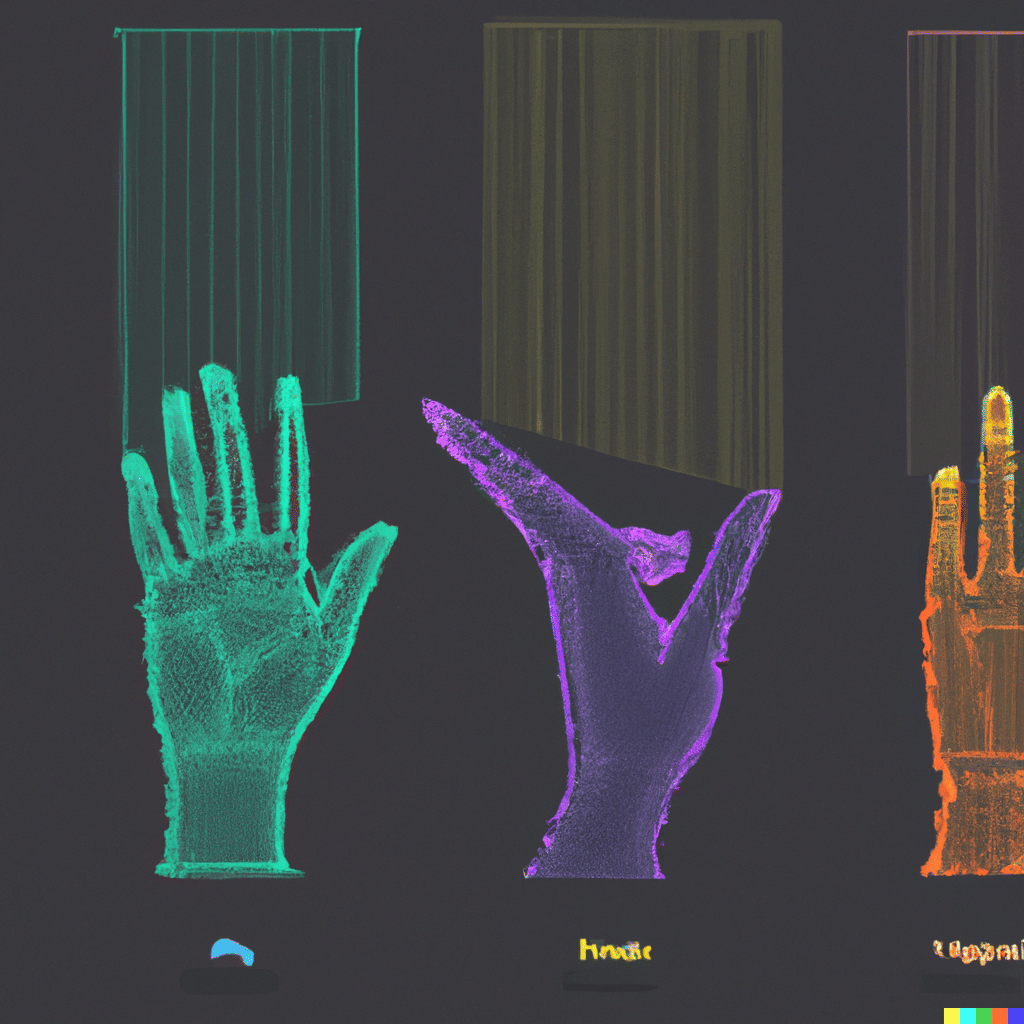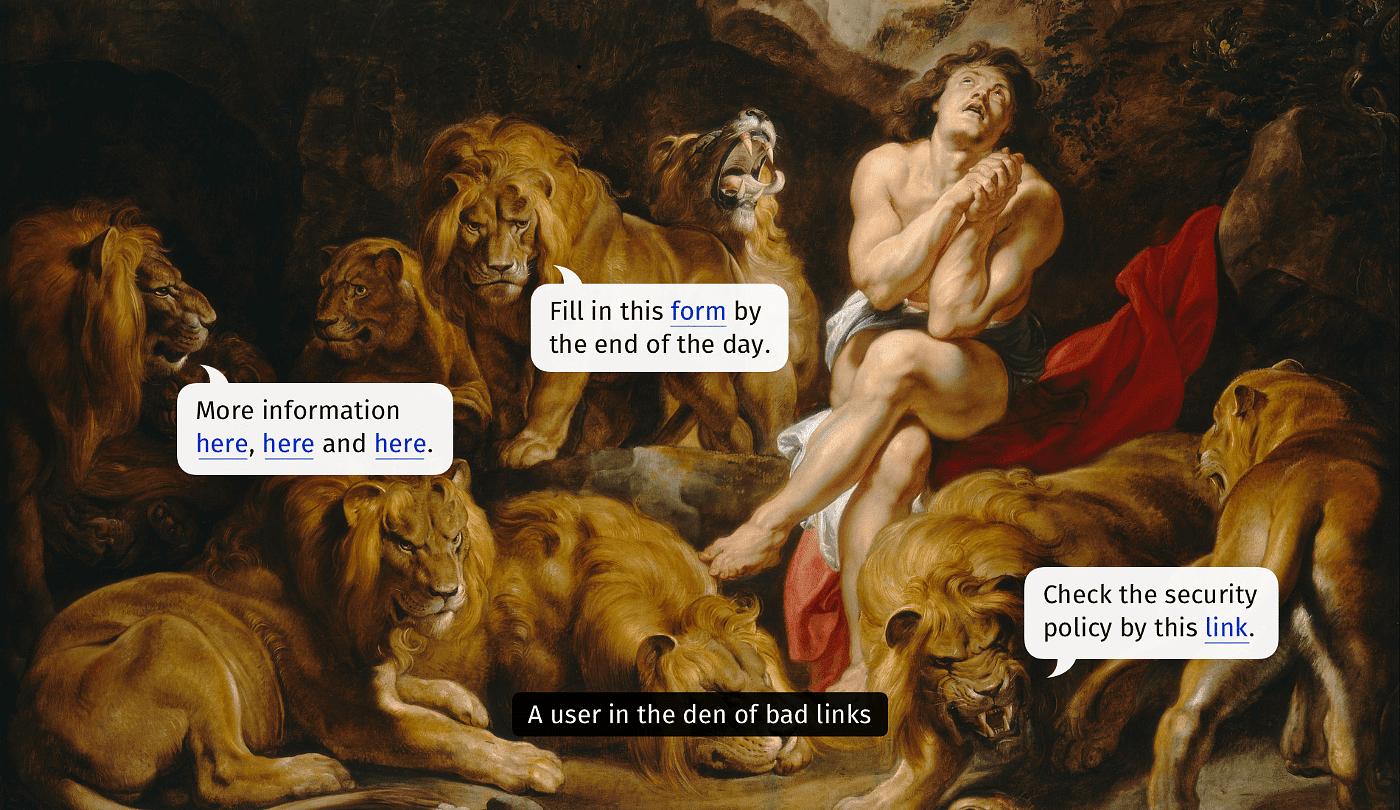How to keep the user via sound and use different sound contexts, how the role of a sound designer has changed with technology development.
Where did sound design come from?
Sound design is the process of defining, managing or creating sound and noise effects. Even the sound when you start a laptop or receive a notification, someone came up with and prescribed. And that someone is a sound designer.
Now sound designers are figuring out how to make interfaces sound more useful and correct. So that the sound is read and at the same time does not annoy the user.
One of the fundamental principles of sound design is similar to the principle of visual design: “Good sound is the sound that you can’t hear, but it makes everything work.”
Imagine that you are waiting for an elevator and in the meantime started a small-talk with your colleague. Your thought is completely immersed in the dialogue. The elevator comes. Makes a sound. You have not lost the thought you were thinking about, but you realized that the elevator has arrived. That’s the magic of good sound design — it doesn’t lunge at you or force you to be distracted. Just a light touch that conveys exactly as much information as needed.
Applied and artistic sound: what is the difference and where to use
Applied sound is used, for example, in the game industry and OS. In operating systems, the task of sound is to unload the user, give his eyes a rest and explain various mechanics in a simpler way instead of a huge instruction. The difference with the artistic is that only the form remains from the applied.
With the popularization of headphones and headsets, sound design has begun to make its way into everyday things like apps and services. This used to be problematic because many people put on headphones just to listen to music. Now the situation has changed, and the space for the work of a sound designer is increasing.
Artistic sound design is beautiful promos, advertisements and stands. Here it is important to immerse the user in the project through associations. To do this, we use long atmospheric compositions, rounding everything into readable metaphors. If these are robots, then the sounds will be metallic. If this is a space, then the sounds are as soft and dreamy as possible.
Sound in UX: what scares the user and how to avoid it
Often, the reluctance to spend time and resources on sound design is justified by the fact that all the work can be turned off with one toggle switch. This is partly true, which is why sound designers teamed up and set themselves the task of changing the established approach to sound.
Earlier, when technology was not so advanced, the main task of sound was function. You could hear the elementary, sometimes obnoxious, but understandable sounds of a push-button telephone, or a deafening alarm clock equivalent to a bucket of ice water. The main thing is that the main function is performed! People began to turn off the sound, so as not to accidentally hear it again and not to feel this trembling throughout the body.
Now sound design is a very delicate discipline in which every pro tries to take care of the user’s old wounds. Our task is to create a sound that conveys enough information and does not cause a negative reaction.
For example, the sound designer of the new Pixel flagship decided to give a new awakening experience and smooth over the old one. The result is a multi-stage alarm clock — the melody begins with a low volume and a simple melodic part. The person may wake up before the sound is too pronounced.
Sound in UX: why you need a sound designer and how to synthesize new ideas
The button sound lasts an average of 0.8 seconds — this is not much. And in this shortest period of time, the sound designer needs to convey tone, timbre, mood, function, sometimes philosophy, and a few more parameters.
It seems that stocks are a time and resource saver. In fact, you will spend countless hours looking for exactly the sound you need. However, if you want to stand out, then neither stocks nor neural networks will help when it comes to artistic sound.
In search of a new sound, you need to think outside the box, use a toolkit that would never have crossed your mind. Then, under the clear editing of the sound designer, there will be something new and unique that can turn into a trend.
How to determine if the sound is suitable for the user or not
Simply test it. To see if a metaphor works, we come up with countless tests. There are several types of tests for semantic content.
For applied sound, the “no context” test works: when a focus group is shown a sound and asked what they see, what sensations and what actions they want to do when they hear the sound.
There is also an option with context, when we are already looking at the reaction of people inside the interface or the web: did the user twitch and notice the sound at all. It is important to achieve the effect of stealth and not invade the personal space of the user-headphone relationship.
The best sound is the one you don’t notice.
The reaction to sound also depends on the situation in which it is played — will it sound in a noisy food court or in noise-isolating headphones? This needs to be taken into account and tested for broadcastability for different environments and on different devices.
Conclusion
Sound design is very important and in demand in our time, if you approach it correctly, you can significantly improve the user’s interaction with your product.
Originally published on Medium.






